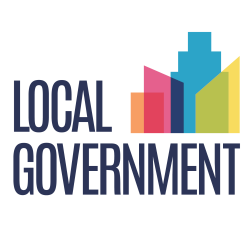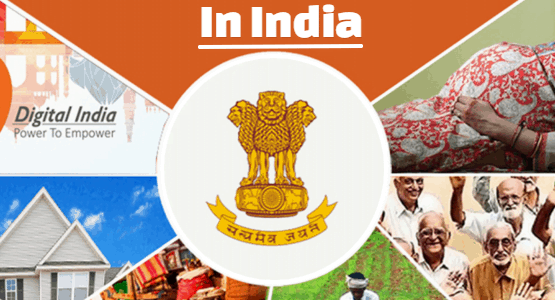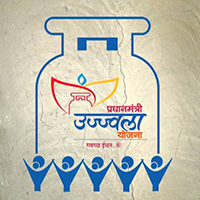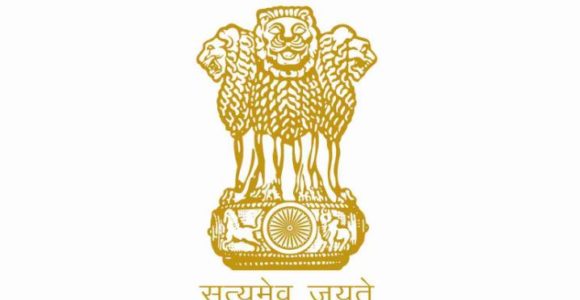
Local Governments
Local Governments
Municipal governance in India has been in existence since the year 1687 with the formation of Madras Municipal Corporation and then Calcutta and Bombay Municipal Corporation in 1726. In early part of the nineteenth century almost all towns in India had experienced some form of municipal governance. In 1882 the then Viceroy of India, Lord Ripon’s resolution of local self-government laid the democratic forms of municipal governance in India.
In 1919, a Government of India act incorporated the need of the resolution and the powers of democratically elected government were formulated. In 1935 another Government of India act brought local government under the purview of the state or provincial government and specific powers were given.
This section provides insight of Indian governance and administration at the Central, state as well as local level. Information about the Constitution of India, Parliament and Legislature, Union administration, state, district and local administration is given.
For the Census of India 2011, the definition of urban area is as follows:
All places with a municipality, corporation, cantonment board or notified town area committee, etc.
All other places which satisfied the following criteria:
- A minimum population of 5,000;
- At least 75% of the male main working population engaged in non-agricultural pursuits; and
- A density of population of at least 400 persons per sq. km.
As a result of economic development in India, urbanization is proceeding at a very rapid rate. Cities and towns contribute to more than 60% of the GDP,so one can understand the strong co-relation between urbanization and economic development. So it is imperative to develop an efficient urban or municipal government.
MUNICIPAL CORPORATION
It is the topmost of urban local government and is for an urban area/centre with population above 3 lacs. As an institution it is more respectable and enjoys a greater measure of autonomy than other forms of local government. It is set up under a special statute passed by the respective state’s legislature. However, in an exception, in Delhi ( due to it being the National Capital Territory), the power to set up a Municipal Corporation lies with the Union Parliament.
MUNICIPALITY/MUNICIPAL COUNCIL
Municipal Councils or Municipalities are set up for an urban area/centre with population of 100,000 or more, however there are exceptions to that as previously nagar palikas were constituted in urban centers with population over 20,000 so all the urban bodies which were previously classified as nagar palika were reclassified as nagar palika even if their population was under 100,000.
Members of the Nagar Palika are elected representatives for a period of five years. The town is further divided into Wards ( subdivision or district of a municipality/town) according to its population and representatives are elected from each ward. Wards may be grouped together into ward councils. One or more representatives are elected to represent each ward.The members elect a President among themselves to preside over and conduct meetings of the Municipality. A Chief Officer along with other officers like an Engineer,Sanitary Inspector,Health officer and education officer who come from the State Public service and are appointed by the state government to control the executive and administrative affairs of the Municipality.
NAGAR PANCHAYAT
Nagar Panchayats are for an urban area/centre having a population of more than 30,000 and less than 100,000 inhabitants.
However, there are some exceptions. All the previous town area committees (urban centres with a total population of more than 5,000 and less than 20,000) are reclassified as Nagar panchayat.
Nagar panchayats have a chairman with ward members. Membership consists of a minimum of ten elected ward members and three nominated members.And it consist of a Block Development Officer ( commonly known as Executive Officer) ,who is the chief of all administration.
NOTIFIED AREAS
In urban planning, a Notified area is any land area earmarked by legal provision for future development. The term is used in the Hindi belt region of North India.
The term also describes a village or settlement with a population between 10,000 and 20,000. A community of over 20,000 is considered a town under Indian law. Each notified area elects a notified area committee for its administration where all members as well as the chairman are nominated by the state government, which function like municipality. There have been various recommendations asking to stop such centralisation in the state govt. hands by setting up these areas when they should actually be under the PRIs.
- TOWN AREA COMMITTEE: It is a semi municipal authority constituted for small towns,and it exists in several states out of which Uttar Pradesh has the largest number. The members may be partly elected and partly nominated by the state govt. or wholly nominated or wholly elected. It is assigned a number of functions like street lighting,drainage,roads,conservancy,etc. The District Collector in some states has been given powers of surveillance and control over the TAC. Following recommendations of the Rural Urban Relationship Committee,1966, that smaller TACs be merged with Panchayati Raj bodies,Madhya Pradesh and Haryana have done so.
- TOWNSHIP: PSUs are set up by the govt. and housing colonies have been set up around them for the staff and workers. These draw people from rural as well as urban areas and this develops into a kind of a very small town,therefore it is named as a Township. These townships are administered by the Municipal corporation or Municipality under which it falls which appoints a Town Administrator for this area who is assisted by a few engineers and technicians that handle functions like water,electricity,roads,drainage,markets,parks,etc. The expenditure on such townships are shared equally by the urban local govt. as well as the respective Industry.
- CANTONMENT BOARD: When a Military station is established in an area,military personnel move in and to provide them facilities for everyday life the civilian population move in like markets,colonies,etc. To administer such areas,the Cantonment boards were set up. There are 63 cantonment boards in India at the moment. These boards are centrally administered by the Defence Ministry. Board consists of elected and nominated members and the officer commanding the station is the President of the Board. An elected member holds office for three years whereas the nominated ones continue as long as they hold office in that station. Other agencies/departments are the Pollution Control Board, Housing Boards,Water Supply and Sewage Boards,etc. which are statutory bodies set up under an act of the state government. They help ease the burden off the Municipal bodies as they contain specialists having expertise in the particular field. Every state has its development authorities that are the Planning & Controlling Authority for all the urban areas and its members and chairman are appointed by the state government that governs and controls it,for example Delhi Development Authority (DDA) which is an exception as it is also centrally controlled due its sensitive position of being a National Capital Territory. The other states Development Authorities are controlled and governed by their respective state governments.
Key Terms:
- Local Governments ,
- Municipal Council ,
- Municipal governance ,
- Municipality ,
- Nagar Panchayat ,
- Notified Areas ,
- Town Area Committee ,
- Township




